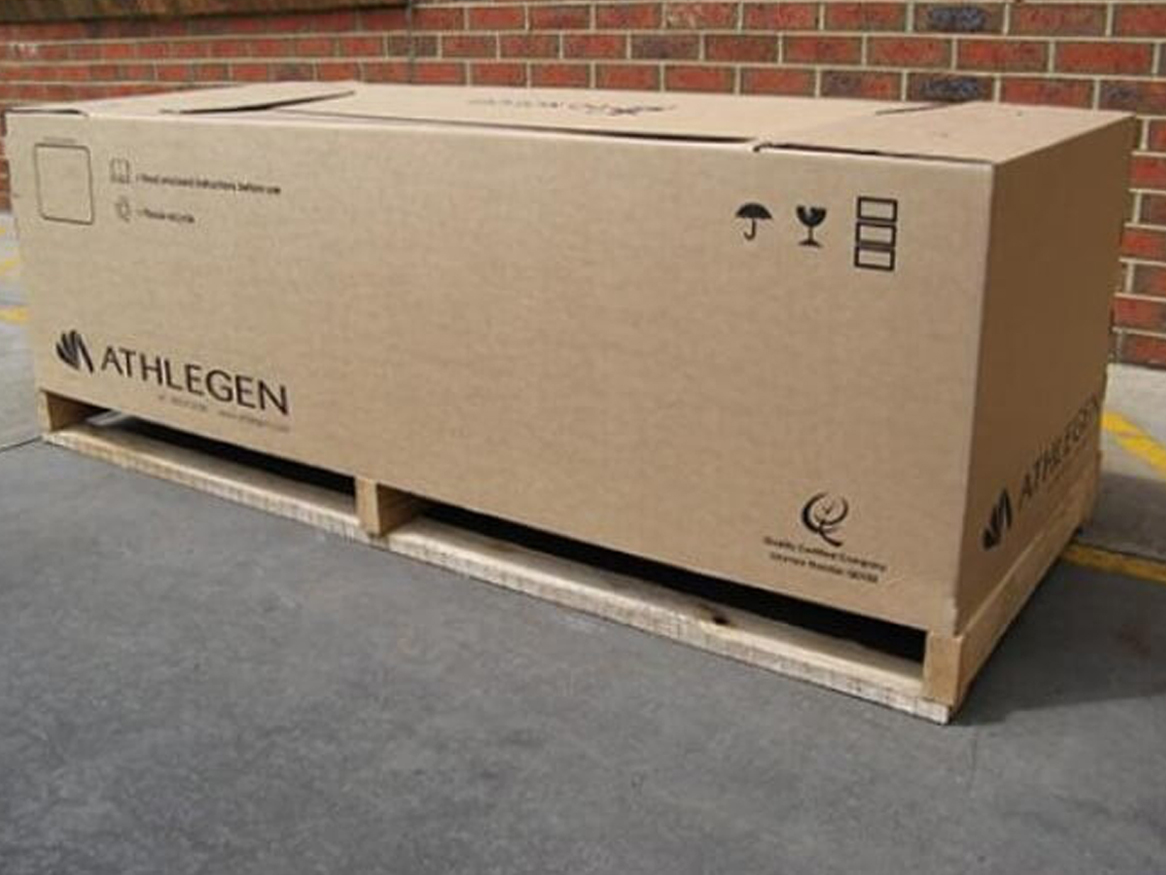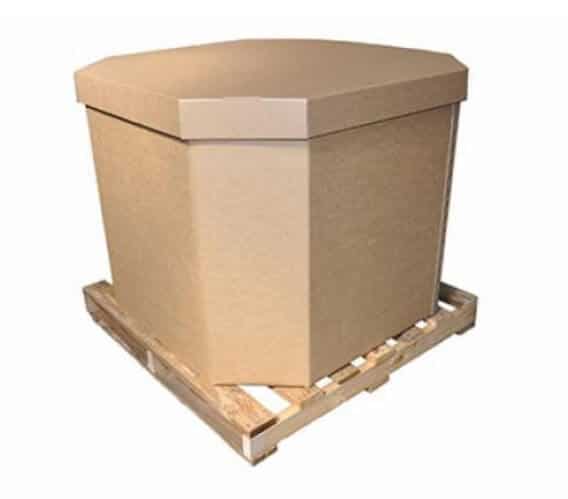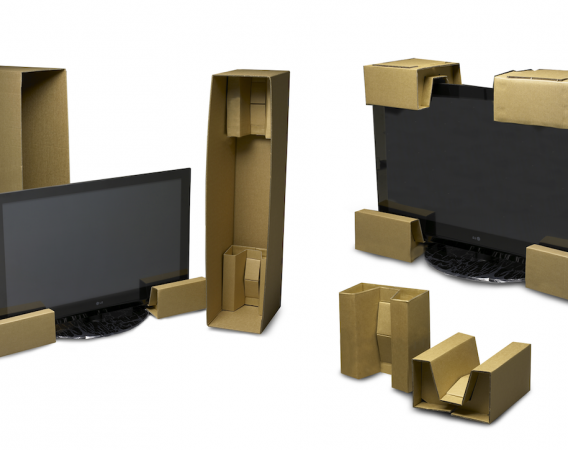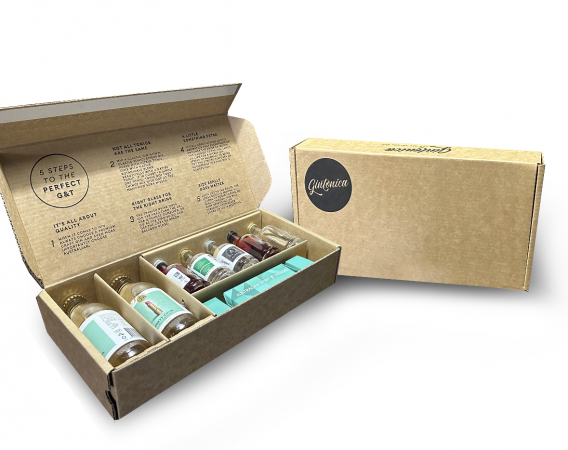4 Ways to Manage Heavy Duty Packaging

There is much to consider when storing and shipping heavy duty items, especially when it comes to the packaging! There are many risks associated with shipping heavy duty items including product damage, workplace injuries and customer complaints. Heavier shipments are more likely to be moved with forklifts rather than manually and might switch delivery vehicles or planes several times on the way to further destinations.
Here are some key tips to remember when it comes to packaging heavy duty items:
1. Packaging Needs to be Durable
Packaging for heavy duty items needs to be notably stronger and more protective than it would be for regular items. You need to ensure that the packaging can withstand multiple environmental factors such as:
- Getting dropped (accidently)!
- Vibrations and bumps from conveyor belts, trucks or planes
- Compression when pressed against other items
- High or low temperature and humidity or moisture
Corrugated cardboard is great for heavy duty items as the material is incredibly versatile, customisable and recyclable as well as extremely strong and durable. Corrugated cardboard is manufactured with three and sometimes 5 layers of paper which includes an inside liner, an outside liner and fluting with a ruffled shape. The layers make the material lightweight with a high strength-to-weight-ratio and added protection.
2. Pack Items Correctly
Packing heavy duty items correctly can save you a lot of hassle in the long run, especially for odd shaped items. To avoid items getting damaged during transit, you can use protective inserts.
Protective inserts can be customised to suit large and small items as well as hazardous items. Cardboard protective inserts are 100% recyclable and can be stored flat to save on warehouse space.
3. Avoid Making Boxes too Heavy

One of the biggest mistakes people make is over-packing items into one package. Overly heavy boxes are more likely to break during transit. Consider breaking up the items into separate boxes and wrapping individual items with protective inserts.
To test whether the item has been packaged correctly, give it a gentle shake and make sure the items inside the box do not easily move around. Anything that can move has the potential to crush other items.
4. Customise your Packaging
Properly packaging heavy-duty items means they are more likely to withstand the challenges of multiple transits. For a large, heavy or irregularly shaped product it is best to customise your packaging to make sure it is individually protected, safe and can manage the weight.
Custom packaging can also help you save on storage space. Unlike standardised ‘one-size-fits-all’ packaging, custom heavy-duty packaging specifically matches the measurements of the contents and reduces overall waste by eliminating unnecessary materials.
At PPI our team of in-house designers and engineers will work with you to understand your packaging needs. We offer custom solutions that are economical, protective and environmentally friendly. Connect with us or call us now on 1800 25 8000 to book your FREE initial packaging consultation in Melbourne, where we will ensure your packaging requirements are met, and exceeded.
Recent case studies
Article
5 Reasons Why Bespoke Product Packaging is Important
In the era where consumers are increasingly transitioning to online shopping, product packaging and the unboxing experience it creates for a customer ...
More
Article
Packaging Design Considerations for Heavy, Bulky & Oversized Items
Here at Production Packaging Innovations, there’s no packaging job too big, too small, too heavy, too bulky or way too oversized. When packagi...
More
Article
What To Consider For Your Next Trade/Sample Kit?
A trade/sample kit is how businesses, especially manufacturers showcase their products for quality checks and industry feedback to potential clients. ...
More
